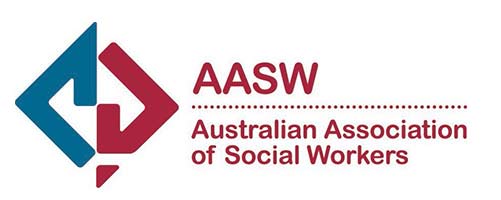Equine-Assisted Psychotherapy (EAP) also called as Equestrian Therapy, in simplest terms, means incorporating equine experience with therapy. Equus is the Latin term for horse and Equine means having to do with horses.
EAP is a psychotherapy practice that collaborates with horses in a therapeutic capacity to treat human psychological problems in and around a barn or stable. Equine-Assisted Psychotherapy (EAP) has done well not only in assisting typical clients, but also with clients that have had trouble in traditional modes of therapy.
In carrying out Equine-Assisted Psychotherapy (EAP), there must be a qualified psychotherapist and equine specialist. The horses involved in the therapy are selected based on their ability to withstand unpredictable human behavior.
WHY A HORSE?
There are numerous Animal-Assisted Therapies available for therapists looking to incorporate animals into their therapy. But why a horse? Horses are marvelous grand creatures that has helped and interacted with humankind since time immemorial. The equine-human relationship transcended from being one of sustenance to one of partnership. More importantly, horses possess traits fit for psychotherapy.
Horses are known for interacting with humans with patience and in a non-judgmental way, without motive or expectations. People can use their huge size as a metaphor in overcoming their fears and challenging situations in their lives. Horses’ naturally high sensitivity to emotional energies enables them to react accordingly to the subtlest hints of emotions.
BENEFITS OF EQUINE ASSISTED THERAPY
Studies show that people Equine-assisted psychotherapy benefits people of all ages. Some of the benefits include:
- Emotional Awareness- Observing the horse’s response helps clients to be award of the present promotes self-awareness and perceive themselves in a more realistic way.
- Interpersonal skills- Horses are excellent communicators because of how exceptionally attuned they are to others’ emotions and behaviors. Working with horses enables clients to recognize their communication patterns. Seeing how the horse reacts to them allows them to see how their behavior affects others.
- Setting Boundaries- The straightforward nature of horses make it clear to humans when their boundaries are crossed. This creates an opportunity for humans to adjust their behavior patterns accordingly.
- Overcoming Fears- The horse’s strength and size can parallel fears, lack of control trauma and feelings of inadequacy or insignificance. When clients find ways to build a relationship with the horse, they similarly process their own emotions allowing them to face their fears.
- Building Trust – The gentle and non-judgmental nature of horses help clients build or rebuild trust.
THE EQUINE EXPERIENCE: HOW DOES IT WORK?
Petting, saddling, grooming and trying to lunge the horse are some activities adapted into equine therapies. It is said that accomplishing a task involving the intimidating presence of a horse creates confidence and provides for wonderful metaphors for dealing with other more or equally challenging situations.
EAP works on non-verbal communication and builds a trusting relationship between horse and human while addressing the client’s confidence, boundary issues, and social skills. Humans cannot force a horse to perform a task. Horses are creatures that decide on their own. As highly sensitive creatures, horses react accordingly to a person’s body language through mirroring. This situation creates a perfect avenue for therapists and client to talk about behavior. In order to successfully perform activities with the horse, the client will have to adjust her actions and body language, which also works to increase one’s confidence.
REFERENCES
- Wilson, Kristen, “Equine-assisted psychotherapy as an effective therapy in comparison to or in conjunction with traditional therapies” (2012). HIM 1990-2015. 1377.
- Yorke, Jan & Adams, Cindy & Coady, Nick. (2008). Therapeutic Value of Equine-Human Bonding in Recovery from Trauma. Anthrozoos: A Multidisciplinary Journal of The Interactions of People & Animals. 21. 17-30.
- Yorke, J., Nugent, W., Strand, E., Bolen, R., New, J., & Davis, C. (2013). Equine-assisted therapy and its impact on cortisol levels of children and horses: A pilot study and meta-analysis. Early Child Development and Care, 183(7), 874-894.
- Schultz, P. N., Remick‐Barlow, G., & Robbins, L. (2007). Equine‐assisted psychotherapy: A mental health promotion/intervention modality for children who have experienced intra‐family violence. Health & Social Care in the Community, 15(3), 265-271.
- Parish-Plass, Nancy (2013) Animal-Assisted Psychotherapy: Theory, Issues, and Practice (New Directions in the Human-Animal Bond).




